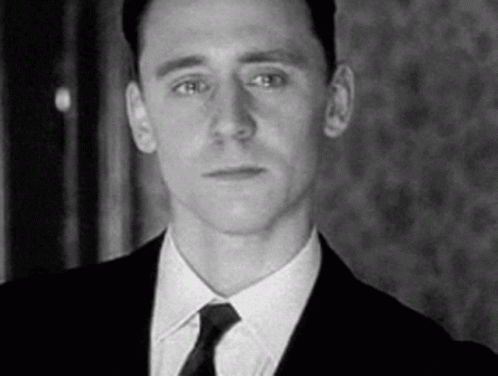

īy 2010, when the Unicode Consortium was compiling a unified collection of characters from the Japanese cellular emoji sets, which would be included with the October 2010 release of Unicode 6.0, a face with tears of joy was included in the au by KDDI and SoftBank Mobile emoji sets. Nokia, one of the largest telecoms companies globally at the time, were still referring to today's emoji sets as smileys in 2001. It is the oldest known laughing emoticon. The Smiley Dictionary contained hundreds of yellow-faced emoticons, including a laughing emoticon. The smiley toolbar offered a variety of symbols and smileys and was used on platforms such as MSN Messenger. The Dictionary provided a list of emotions that could be used to communicate online. In 2001, The Smiley Company developed and launched The Smiley Dictionary. The digital smiley movement was headed up by Nicolas Loufrani, the CEO of The Smiley Company. A colourful, often animated, face with tears of joy would appear in later versions of the Softbank set, from 2000 onwards. The original 1997 version of the Softbank set was in black and white and did contain faces with emotion, but only two, one smiley and one with a sad face. Emojipedia tweeted about the set in 2019, demonstrating what emojis were available in 1997. Since DoCoMo's i-Mode emoji set derived from a Japanese visual style commonly found in manga and anime, combined with kaomoji, they symbolise facial expressions. Despite the media referring to Kurita as the father of the emoji, the Tears of Joy emoji cannot be traced back to his early work.
Kurita's set contained colored images, but none of the 176 emojis represented emotions. The first popular set was designed by NTT DoCoMo employee Shigetaka Kurita in 1999, after he sketched illustrations to be used in text messages.
Softbank's J-Phone launched in 1997, but due to the limited adoption of the product, it was not popular. Two competing companies, NTT DoCoMo and Softbank created the first two emoji sets. In general terms, emoji development dates back to the late 1990s in Japan. The Oxford Dictionary recognised the emoji as its Word of the Year in 2015 due to its common usage. The emoji is one of the most commonly used emojis in the Emoticons Unicode block. The emoji is used in communication to portray joking and teasing on messaging platforms including Apple's iMessage and Meta's WhatsApp, as well as social media websites such as Facebook, Snapchat, Twitter, and Instagram. It is also known as Tears of Joy emoji, lol emoji, joy emoji, laughing emoji, cry-laugh emoji, crying laughing emoji, or the laughing crying emoji. Since the emoji has evolved from numerous different designs pre-unicode, it has different names and meanings in different regions and cultures. While it is broadly referred to as an emoji, since it is used to demonstrate emotion, it is also referred to as an emoticon. Appearance on Twemoji, used on Twitter, Discord, Roblox, the Nintendo Switch, and moreįace with Tears of Joy (😂) is an emoji that represents a crying with laughter facial expression.


 0 kommentar(er)
0 kommentar(er)
